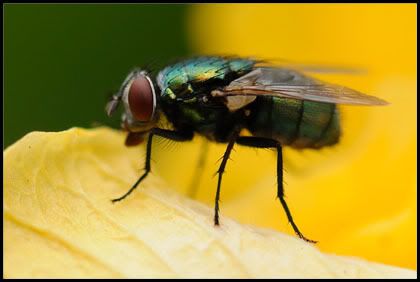wow bilib ko sa setup ni szi hehehe hinagoan gyud da

Results 61 to 70 of 8340
Thread: Macro Photography
-
11-04-2008, 08:22 AM #61
-
11-05-2008, 11:56 AM #62Junior Member

- Join Date
- Sep 2008
- Posts
- 221
wala lain madali-dali... lagum ra gyud intawon.

-
11-05-2008, 03:55 PM #63
-
11-05-2008, 05:25 PM #64
-
11-05-2008, 08:30 PM #65
-
11-05-2008, 10:04 PM #66Junior Member

- Join Date
- Dec 2007
- Posts
- 118
@beor
nsa d.ai imo gamit nga lens sir? ms grabe pani kysa reverse ring sa?.. hehe
-
11-05-2008, 11:21 PM #67
apil sad ko, pero dili ni professional camera ako gamit. hehe. Samsung L74 lang ni.

-
11-05-2008, 11:48 PM #68Junior Member

- Join Date
- Sep 2008
- Posts
- 221
@ Master Beor,
cropped or stacked photo? interesting DOF, what is your aperture?
-
11-06-2008, 01:10 AM #69
jahnix, I use a Macro lens... reverse adapters are too challenging for me.. ^_^
PhoorDhoi, slightly cropped non-stacked @ f16.
-
11-06-2008, 10:30 AM #70
Advertisement
Similar Threads |
|




 Reply With Quote
Reply With Quote



 kudos to your shots!
kudos to your shots! 
